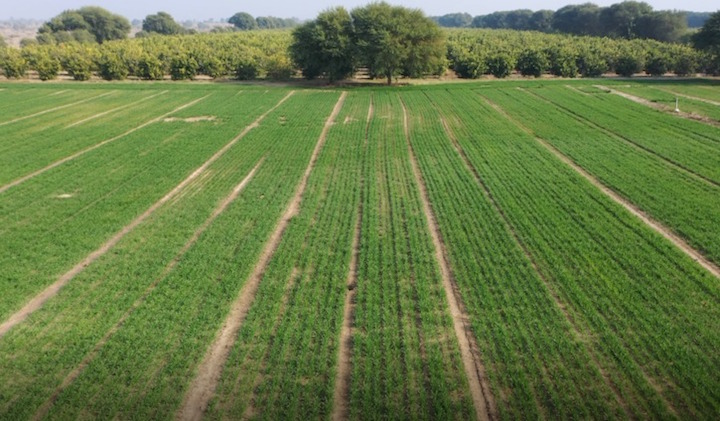AGRICULTURE
The Leghari family’s primary source of income is reliant on agriculture and real estate. It is perhaps for this reason that they have always given a lot of importance to water irrigation and profitable agricultural practices. Even historically, they have contributed a great deal to irrigation and reclamation of land in the districts of DG Khan and Rajanpur. It is documented in, “Chiefs and families of Note in the Delhi, Jalhander, Peshawar and Derajat Divisions of Punjab,” and, “The Punjab Chiefs,” by Lepel Henry Griffin, that Nawab Jamal Khan Leghari, in the late 1800s, built the Dhundi, Manka, and Nur-canal extension schemes and the Karez at Choti Bala for irrigation. Around 1955, Sardar Jamal Khan Leghari’s son, Mohammad Khan Leghari, father of President Farooq Leghari as minister pushed to have the main DG Khan canal built. Sardar Farooq Ahmed Leghari became the Minister of Water and Power in 1988 and during his time, he initiated many development projects. He especially worked to try and get the backward regions of South Punjab to benefit from constructive water and development projects. These regions have been producing cotton, sugar cane, rice, wheat, and many other cash crops and therefore are vital for the economy of Pakistan. Realizing the significance of the South Punjab as an important food supply region, as President, he worked hard to have land reclaimed by the construction of a network of drains for the prevention of waterlogging and salinity. He initiated many schemes to channelize and brick line watercourses from canals to agricultural land to mitigate water shortage. This brain child of his was incorporated by various governments and is still part of Pakistan’s agricultural policy.
As legislators and contributors towards policy formulation, the Leghari family has always been extremely progressive. Awais Leghari, son of Farooq Leghari envisioned a project for forestation of barren land in South Punjab under a Private Public partnership. Under Chief Minister Punjab, Shehbaz Sharif, Awais Leghari was made the Chairman of South Punjab Forest Company that would have afforested over 70 000 acres of blank forest land. Unfortunately, a viable and environmentally beneficial project was canceled by the next government.
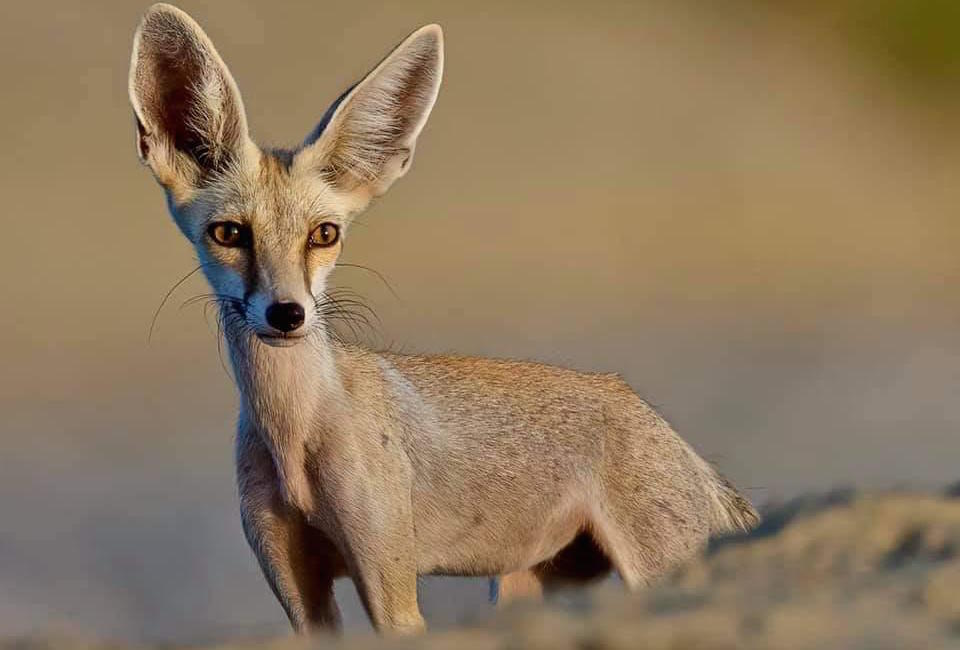
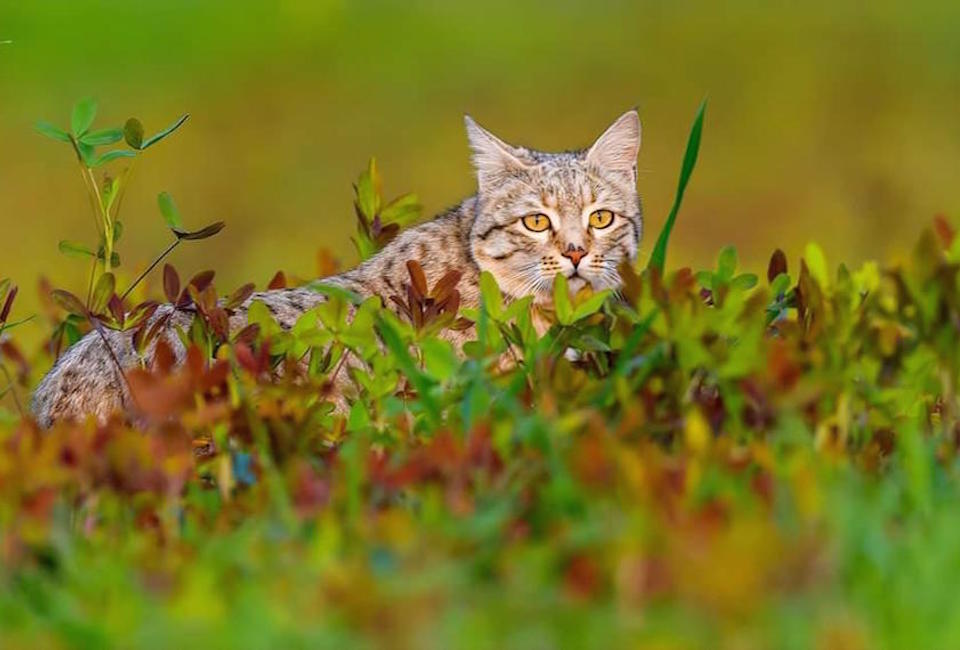
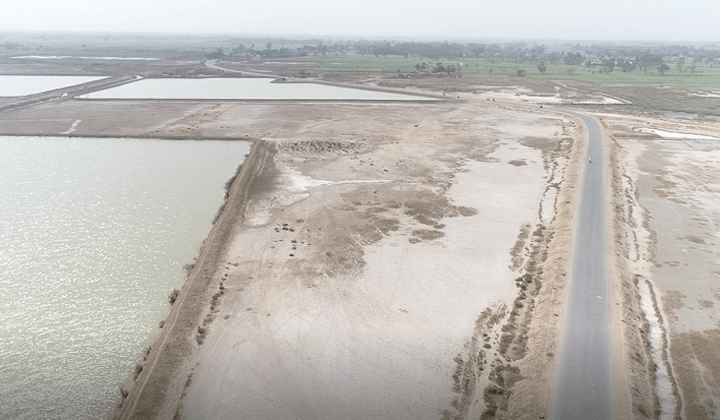
The Leghari Group has devised a comprehensive plan to use the barren lands of Dera Ghazi Khan for fish farming to meet the protein needs of the people and the growing demand for fish seed in the public and private sector. Under this project, a fish seed hatchery would be established in the Rajanpur district with an annual production capacity of up to five million which will be supplied for natural waters in the Dera Ghazi Khan Division and fish farms set up in the private sector. It will increase fish production by up to 600 to 800 metric tons. When the Dera Ghazi Khan canal was built in the 1950s, it also went through areas which had low lying areas around it. Since the canal was not brick-lined, these patches of land got hit by water logging due to the seepage from the canal. The Leghari family also owned some land, which was by then water logged. In spite of the aggressive good effort of making drainage structures through the areas, the quality of land could not have been improved. The land became ionized and the texture became like clay. There was too much bonding between the soil particles of the land. The Leghari Group then came up with a strategy to utilize the land in something which had to do with saline water or to use that land to exploit its character of retaining water. The Leghari Group then made earthen ponds on this land by digging into the soil. The share of the canal water and extracted underground water was then mixed to retain water in these ponds. The water was then used to increase the size of fish which was bred in these ponds. Fingerlings, which are fish of about the size of 1-2grams were then introduced into the ponds, and grown to a certain size. Chinese carp varieties such as Rahoo, Silver carp, Grass carp and a few other varieties were grown in these ponds. Such varieties of fish feed on planktonic life in the water. The median of this underwater plantation is water, and it grows due to the sunlight entering the water and the nutrients in the water. The fish then feeds on these green matters suspended in the water. These carp varieties also feed on rice polish acquired from the rice shellers, due to its high protein value, which adds to the diet of the fish. These seed ponds grow the fish from 1-2 grams up to 15 grams, after which the fish is released into harvesting ponds where it grows further to 1-2kgs in weight. When this fish is finally harvested, the water needs to be changed. This fertile water from the ponds is then used for winter crop irrigation, making up for the scarcity of water from the winter canal closure in non-perennial canals. The Leghari Group is proud to utilize the water-logged land productively and create a sustainable ecosystem which wastes no forms of resource of land, water or nutrients.
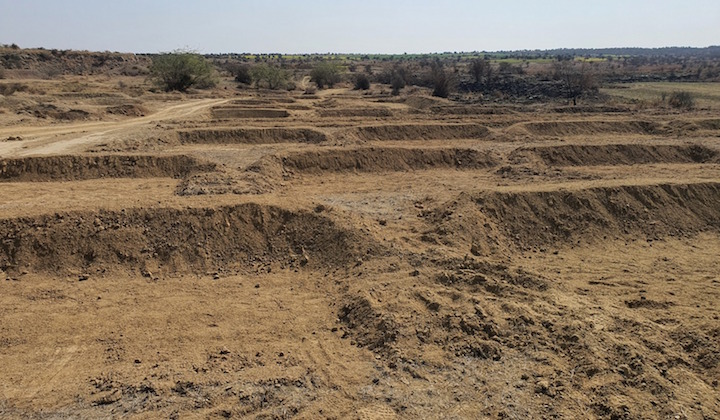
Permaculture is an approach to land management and philosophy that adopts arrangements observed in flourishing natural ecosystems. It includes a set of design principles derived using whole systems thinking. It uses these principles in fields such as regenerative agriculture, rewinding, and community resilience. The root of permaculture is “Permanent Culture”. By human-centered what is meant is that an ideal permaculture design is able to supply many of the needs of a human family or community within its localized environment in as efficient and sustainable a manner as possible. Integrated design refers to the inter-connectivity of elements within a system. Basically we work to align the outputs from one element to the inputs of another such that there is no waste, high efficiency and work is ideally reduced. In all Permaculture design The Leghari Group also strives to work with natural principles, learning from nature and attempting to harmonize in a way such that we are able to regenerate degraded land of DG Khan and create natural systems that support us as human beings on planet earth. Permaculture as a subject is vast and spans many disciplines as an understanding of a myriad of areas is needed to grasp how a design is able to function. In these times of global uncertainty and transition, where the globalised food system has become halted or reduced. There is a wonderful opportunity to begin practicing food sovereignty on a personal basis which include elements (whether plants or animals) in your garden which provides predators for those animals who would otherwise make your crop their prey. This technique, known as Integrated Pest Management (IPM), can be exercised in a number of ways, and there appear to be some important factors to remember when applying it with your crops, in order for it to be successful and protect from any disease. The soil is not just ‘dirt’ to anchor plant and tree roots, though that’s how many people treat it! The soil is a very complex ecosystem, teeming with very diverse life. In fact, the soil is more abundant with life and more complex than any other ecosystem above the ground. There are about 50 billion microbes in 1 tablespoon of soil.These organisms include Bacteria, Actinomycetes, Fungi, Yeast, Protozoa, Algae and Nematodes. Furthermore there are arthropods and insects in there as well, including earthworms. That’s a lot of life in the soil! Digging and turning over the soil exposes a very delicate ecosystem to the air which dries it out, and to the ultraviolet rays of the sun, which sterilize the soil – killing the soil organisms. The soil loses a lot of its nutrients, such as carbon and nitrogen. It also loses a lot of its organic matter, and as a consequence, does not retain water as well. The delicate soil structure is destroyed, compaction of soil occurs, leading to hardpan formation, and reduced water infiltration in the soil, and more surface runoff, which increases soil erosion. Permaculture covers soil science, hydrology science and engineering, biology, animal husbandry, climate, architecture, geology, geography and so much more. As Permaculture designers we are often somewhat of a generalist with basic, practical and relevant, understandings across a wide range of disciplines. It is this broad view that allows us to see the big, or Meta, picture in an interconnected system. At this point in time in the field of Permaculture this is what is necessary. We, however, have no doubt that as this field opens up and becomes increasingly utilized and prioritized as the overarching design science for all human habitation that we will be able to form teams of highly skilled specialists that will work effectively to understand and create design possibilities that will far surpass than what we are achieving now. To me this is incredibly exciting. We are certain that in the future it will be taught in universities and even schools. We believe that it is absolutely critical that humanity move towards ecological sustainable food production methods as well as rethink our settlement designs both at an individual personal dwelling level, and also at collective levels in the areas of city, urban, suburban and rural planning. We don’t think we truly have an alternative long term than embracing these intelligent, integrated and holistic design principles.
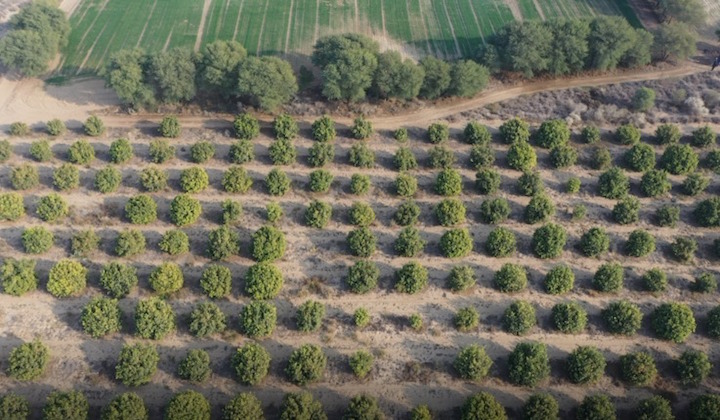
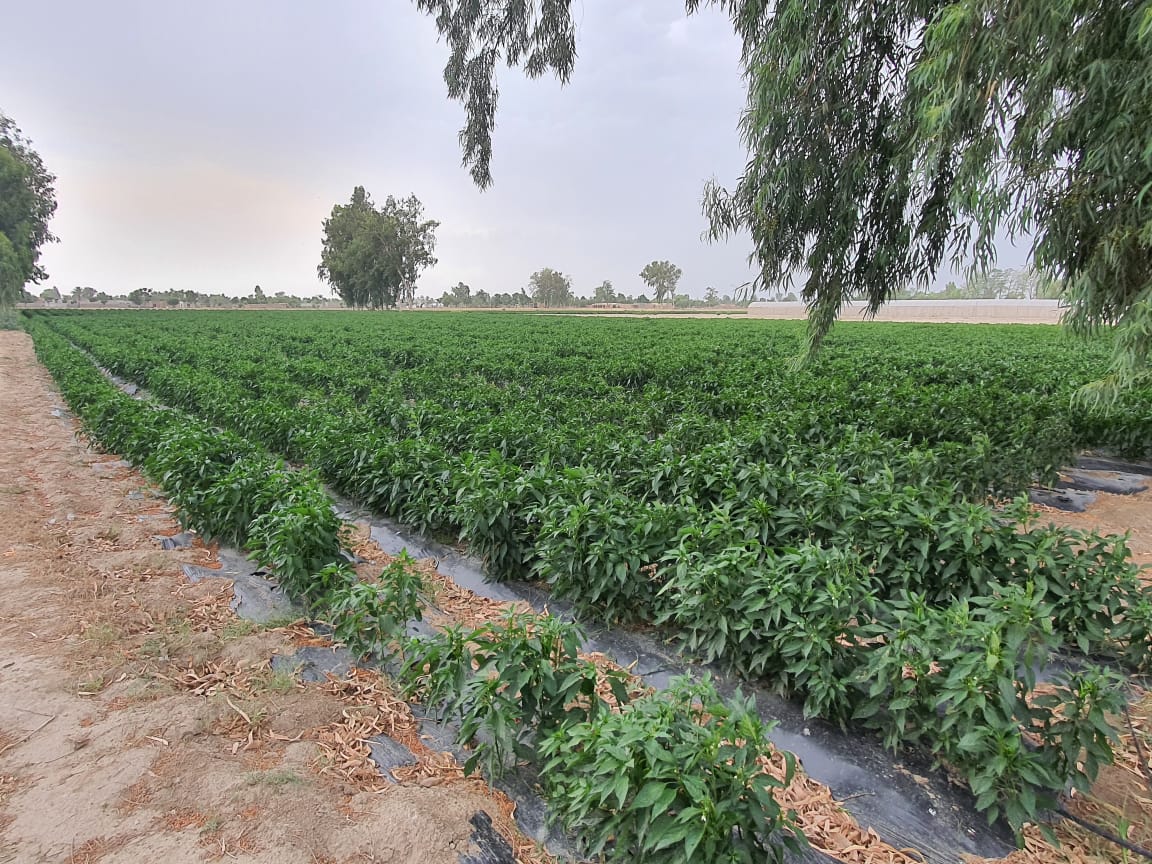
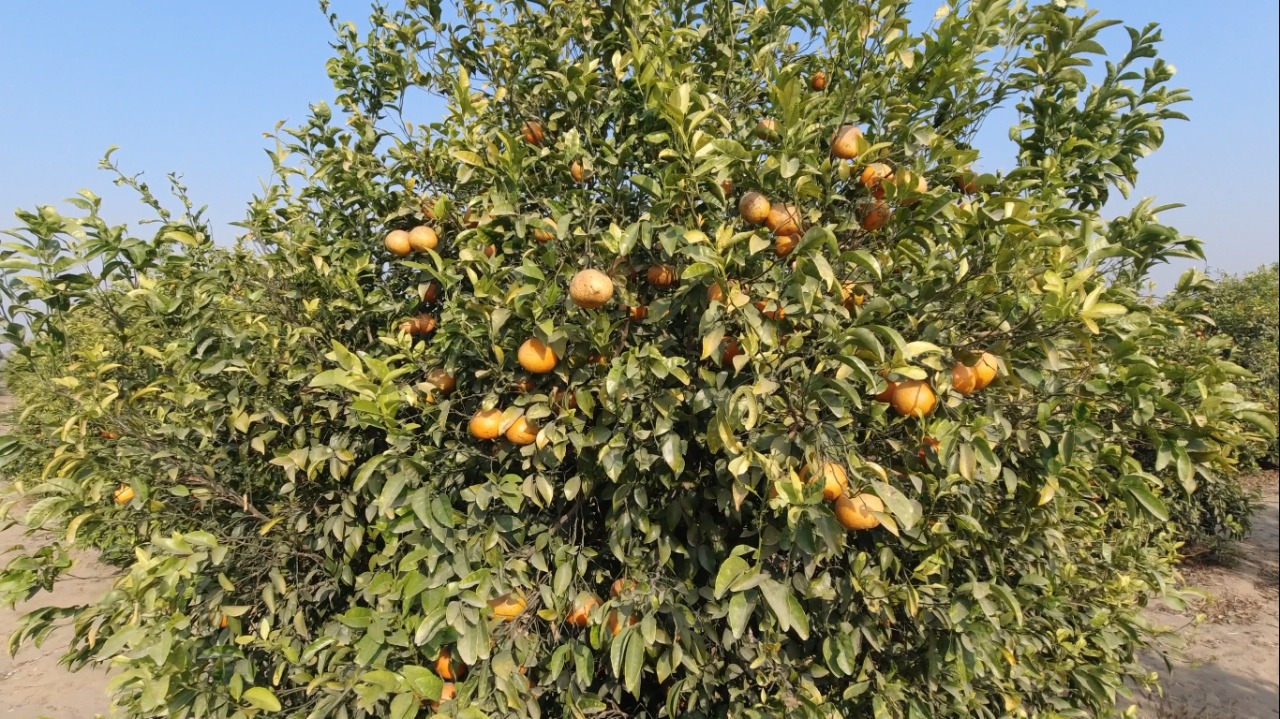
- -> Fuetrall | Salustiano | Early Fuetrall | Musambi | Trocco | Succuri | Sweet Lime | Grapefruit | Mexican Lime
- -> The orchards also have a wide range of other fruits which are produced such as crab-apple, and are also introducing bee hives into the orchards in spring which is the time of orchard flowering, for honey production, which also helps with pollination.

Forestry is a part of the Leghari family’s agricultural practice. In 2009, the plantation of trees on a sustainable basis was carried out in regions with a high water table. Selected trees of eucalyptus were identified whose seed was harvested, converted to seedlings, and planted in a vast area. This project yielded a good crop of trees. One aspect behind the motivation for forestry is that if the wood is used as timber commercially, then the need of the people of this region is met without them having to resort to the random cutting of environmentally beneficial trees in natural forests. And of course, forestation leads to the decrease of carbon emissions in the atmosphere. Citrus has also been introduced in the region of DGKhan and rare and valuable varieties of oranges have been propagated. As legislators and contributors towards policy formulation, the Leghari family has always been extremely progressive. Awais Leghari envisioned a project for forestation of barren land in South Punjab under a Private Public partnership. Under Chief Minister Punjab, Shehbaz Sharif, Awais Leghari was made the Chairman of South Punjab Forest Company that would have afforested over 70, 000 acres of blank forest land. Unfortunately, this project was scrapped by the next government.The family has also been involved in bamboo plantations. Bamboo is an excellent renewable source for construction, scaffolding, and manufacture of furniture, roof material, and other products used for building. All the farms of the Leghari family that have regular crops also are lined with trees on the edges of fields. Each tree that is cut, is replanted. In this way, the Legharis practice responsible agriculture that contributes to the economy and food chain in Pakistan.
